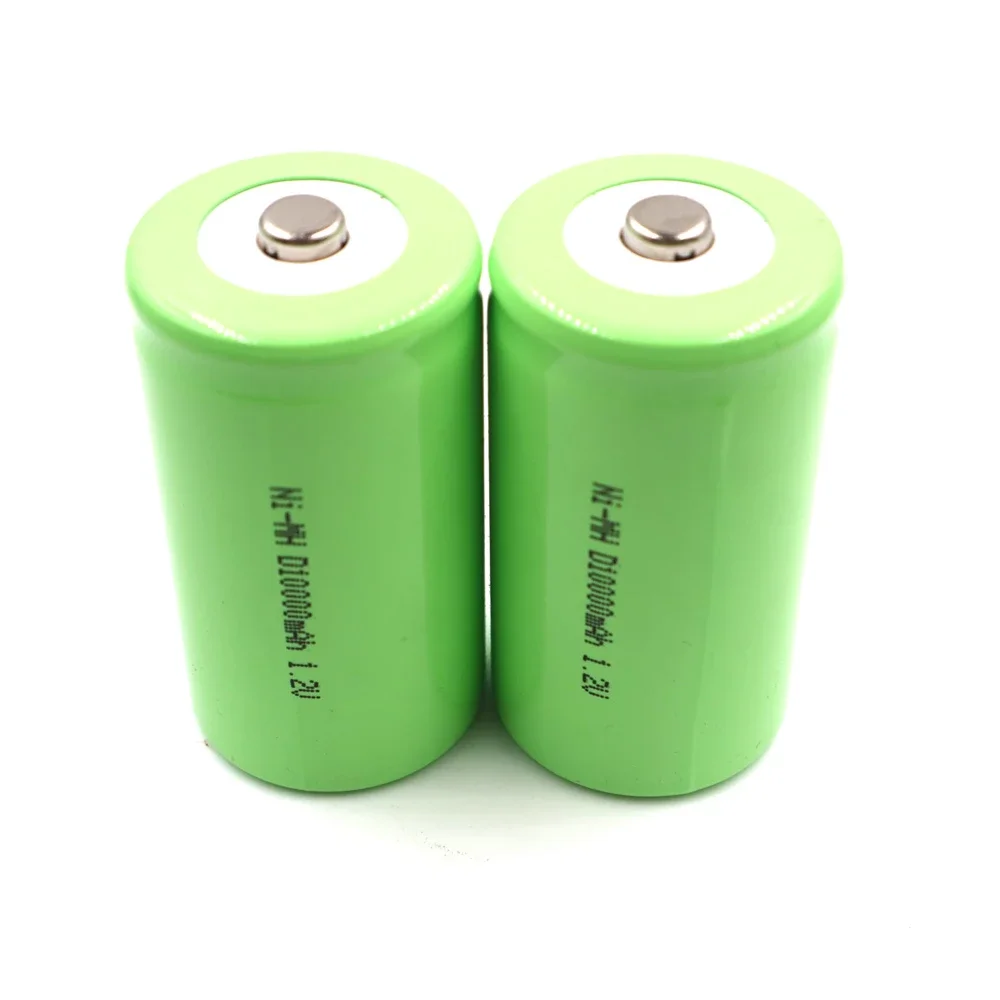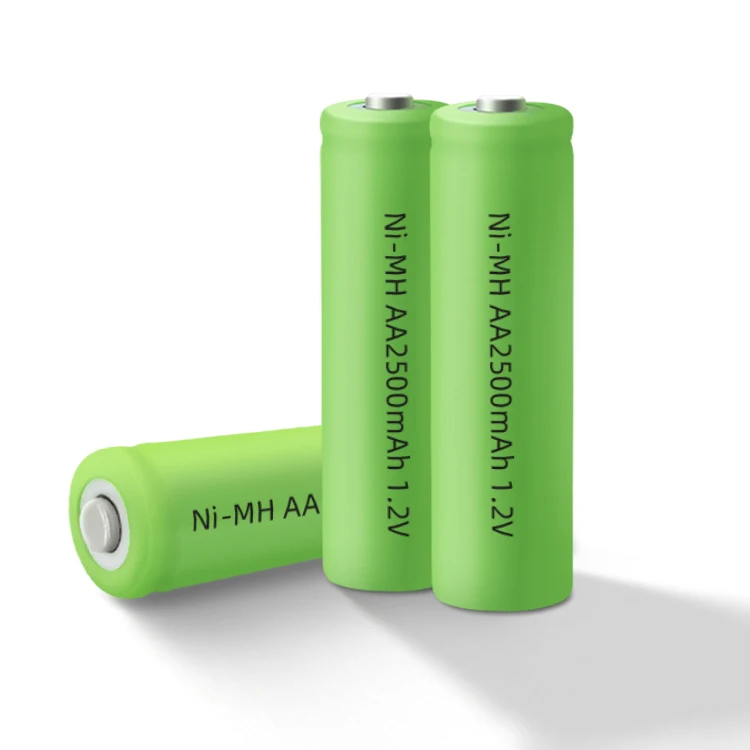- Overcharging: Continuous overcharging is one of the most common causes of NiMH battery degradation. Unlike lithium-ion batteries, most NiMH batteries do not have complex management systems to prevent overcharging. Overcharging NiMH batteries can lead to excessive heat, pressure build-up, and eventually battery rupture or leakage.
- Memory Effect: Although less pronounced than in NiCd batteries, NiMH batteries can still suffer from a form of memory effect if they are repeatedly recharged after being only partially discharged. This can lead to a decrease in the usable capacity of the battery over time. It’s generally advisable to occasionally fully discharge and then fully recharge NiMH batteries to help mitigate this effect.
- High Temperatures: Exposure to high temperatures during charging and discharging can reduce the lifespan of NiMH batteries. Heat accelerates the degradation of the battery’s internal chemistry and components, reducing its overall capacity and performance over time.
- Deep Discharging: While NiMH batteries are more tolerant to full discharges than lithium-ion batteries, consistently allowing a NiMH battery to discharge completely can also diminish its capacity and shorten its lifespan. It’s advisable to recharge NiMH batteries before they are completely drained.
- Improper Storage: Storing NiMH batteries in conditions that are not ideal—particularly in places that are too hot or too cold—can harm their performance and longevity. For long-term storage, NiMH batteries should be charged to about 40-50% of their capacity and kept in a cool, dry place.
- Undercharging: Regular undercharging (not fully recharging the battery) can lead to a reduction in capacity over time. Each incomplete charge cycle can contribute to the development of crystal structures within the battery cells that impede the flow of charge, a process known as crystallization or electrolyte crystallization.
- Age and Usage: Like all rechargeable batteries, NiMH batteries have a finite lifespan. Each charge-discharge cycle contributes to gradual wear and chemical degradation of the battery’s components. Even with optimal care, NiMH batteries typically start losing their effectiveness after several hundred charge cycles.
- Self-Discharge: NiMH batteries have a higher self-discharge rate compared to other types like lithium-ion or low self-discharge NiMH batteries. If left unused, they can lose a significant amount of charge over time, which can be detrimental if the battery discharges completely and remains in that state for an extended period.
To maximize the lifespan and effectiveness of NiMH batteries, it is crucial to use an appropriate charger, avoid environmental extremes, and follow best practices for charging and storage. These steps can help mitigate the factors that adversely affect the health and performance of NiMH batteries.


